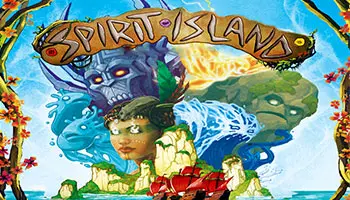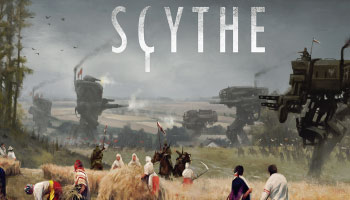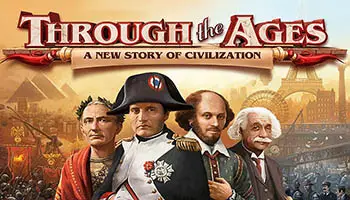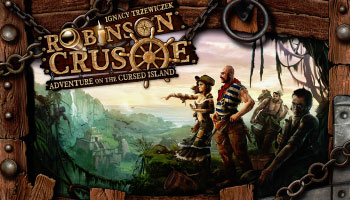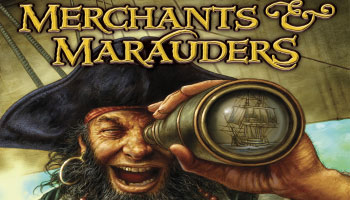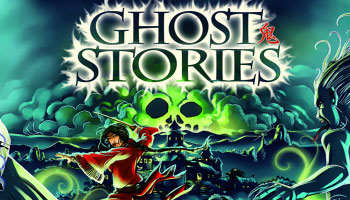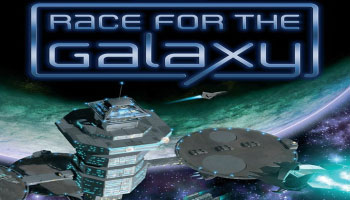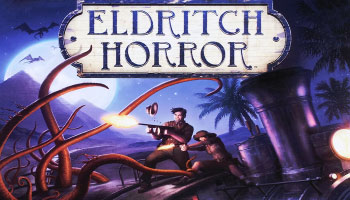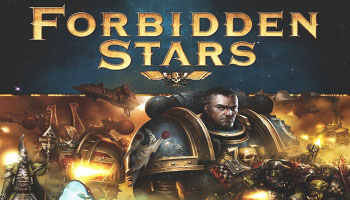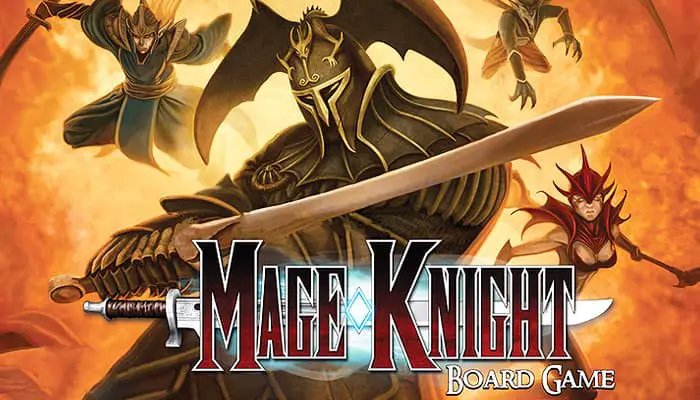
Components
- 168 Deed Cards
- 40 Unit Cards
- 12 Tactic Cards
- 4 Hero Cards
- 4 Skill Description Cards
- 7 Site Description Cards
- 1 Scoring Card
- 4 City Cards
- 128 Hero Tokens
- 60 Enemy Tokens
- 12 Ruin Tokens
- 20 Map Tiles
- 2 Game Mats
- 4 Hero Figures
- 4 City Figures
- 54 Mana Crystals
- 7 Mana Dice
- 2 Rulebooks
Overview
In the game, each player controls a Hero known as a Mage Knight. He has his game figure, several types of tokens, and a Deed deck consisting of 16 Action cards. There are a few revealed Map tiles creating the starting area - the magic portal and the surrounding area. …























